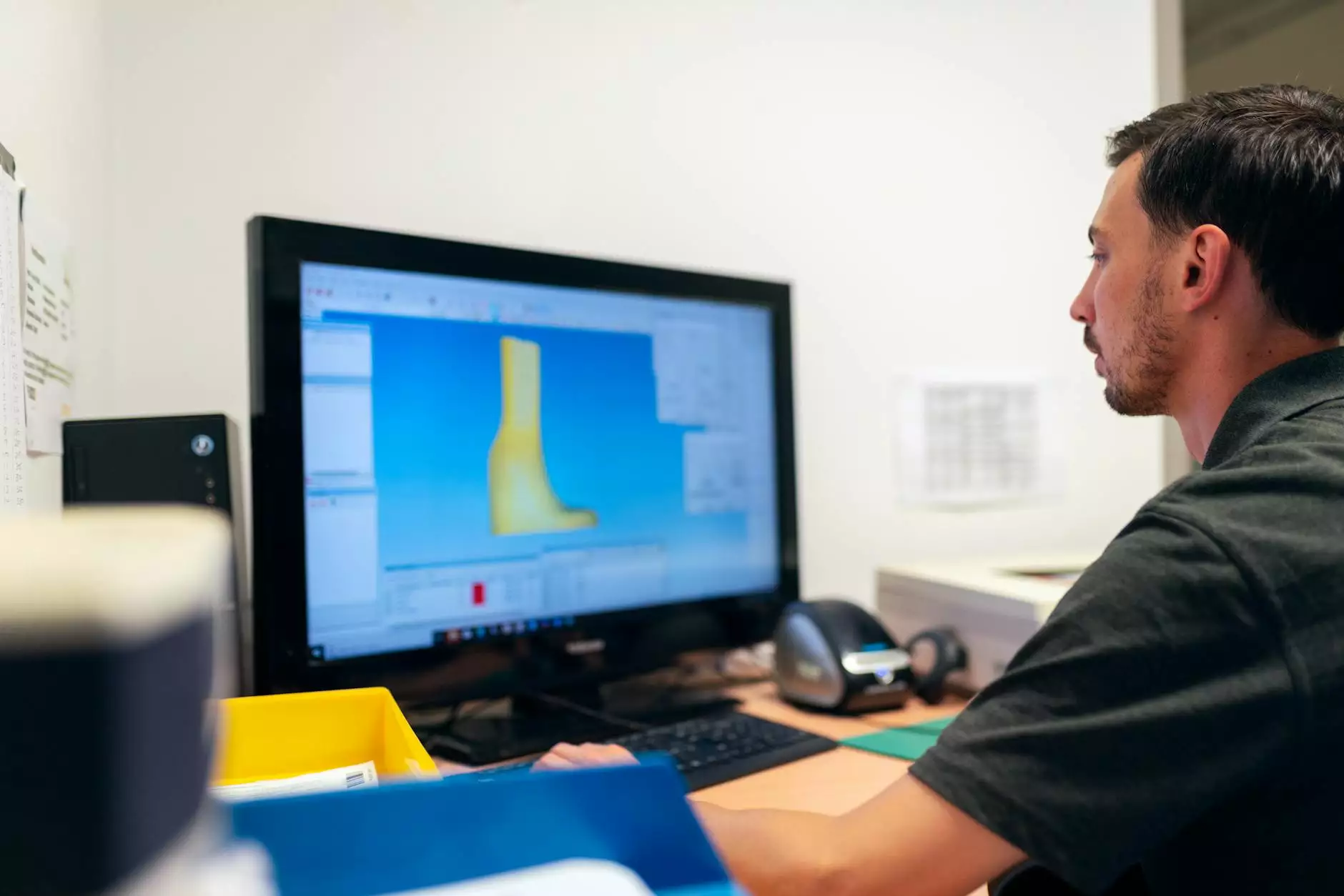Central Line-Associated Bloodstream Infection

Introduction
Welcome to the patient education page of Foley James D MD. In this article, we will discuss Central Line-Associated Bloodstream Infection (CLABSI) and its prevention. CLABSI is a serious healthcare-associated infection that poses a significant risk to patients with central venous catheters (central lines). By understanding the causes, symptoms, and prevention measures of CLABSI, you can better protect yourself during medical procedures involving central lines.
What is Central Line-Associated Bloodstream Infection?
Central Line-Associated Bloodstream Infection (CLABSI) refers to an infection that occurs when bacteria or other harmful microorganisms enter the bloodstream through a central venous catheter. Central lines are usually inserted into a large vein in the neck, chest, or groin for various medical purposes, such as administering medication, providing parenteral nutrition, or monitoring blood flow.
When proper infection control practices are not followed during the insertion or maintenance of central lines, bacteria can contaminate the catheter and subsequently enter the bloodstream. CLABSI can lead to serious complications, including sepsis, an infection that spreads throughout the body and can be life-threatening.
Symptoms of CLABSI
The symptoms of CLABSI may vary depending on the individual and the severity of the infection. Common signs and symptoms include:
- Fever
- Chills
- Redness or swelling at the catheter site
- Pain or tenderness around the catheter
- Drainage at the catheter site
- Fatigue
- Confusion or altered mental status
If you experience any of these symptoms, it is important to seek medical attention promptly, as prompt diagnosis and treatment can help prevent the infection from spreading further.
Prevention of CLABSI
Preventing CLABSI requires a multi-faceted approach that involves healthcare providers, patients, and their caregivers. Here are some key prevention measures:
1. Proper Hand Hygiene
Healthcare providers should practice thorough hand hygiene using soap and water or an alcohol-based hand sanitizer before and after touching the central line or any equipment associated with it.
2. Site Sterilization
Properly sterilizing the site before inserting the central line can reduce the risk of infection. This involves cleaning the site with an antiseptic solution and allowing it to dry completely.
3. Appropriate Dressing Care
The catheter insertion site should be covered with a sterile dressing that is changed regularly, following the healthcare provider's instructions. Any signs of dressing becoming loose or soiled should be reported immediately.
4. Catheter Maintenance
Regular monitoring of the central line is crucial to spot any signs of infection. Healthcare providers should follow proper protocols for maintaining and flushing the catheter to prevent the buildup of bacteria.
5. Education and Empowerment
Patient education plays a vital role in preventing CLABSI. Understanding the signs and symptoms of infection, proper care of the central line, and when to seek medical attention can help patients and their caregivers actively participate in infection prevention.
Conclusion
Central Line-Associated Bloodstream Infection (CLABSI) is a serious healthcare-associated infection that can be prevented through proper infection control practices. By taking steps to ensure hand hygiene, site sterilization, appropriate dressing care, catheter maintenance, and patient education, the risk of CLABSI can be significantly reduced. If you have any questions or concerns about CLABSI or central line care, do not hesitate to reach out to Foley James D MD for guidance and support.










